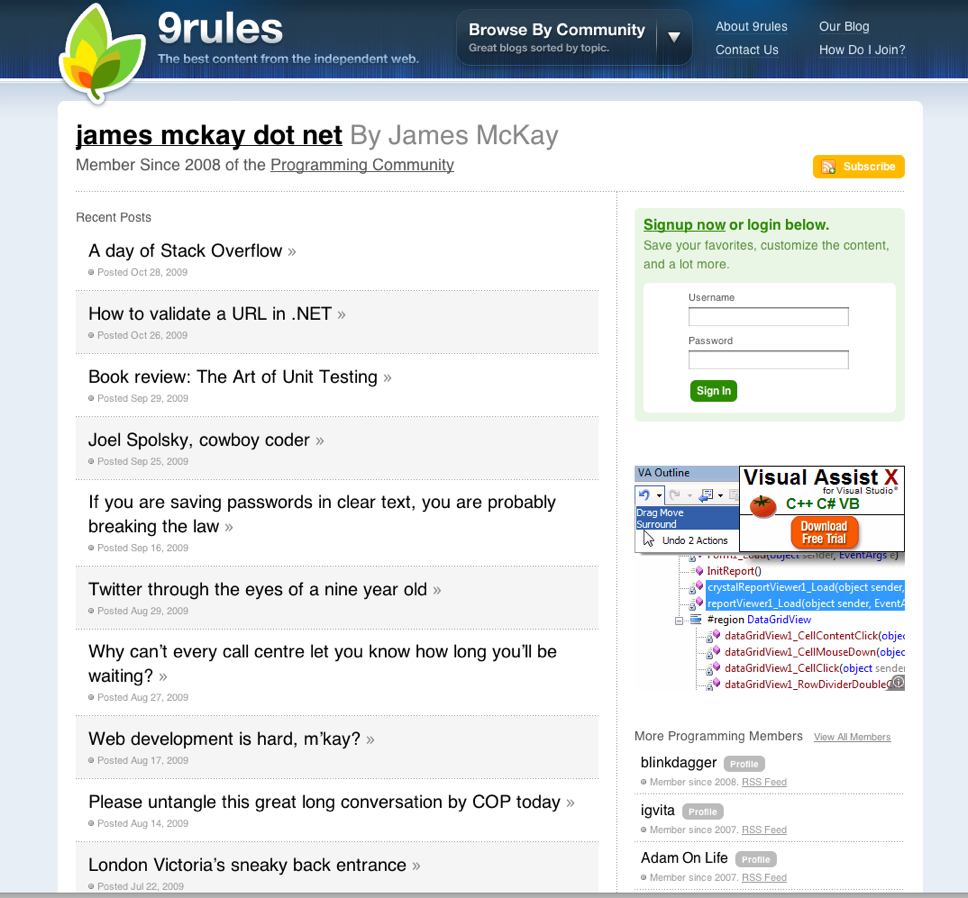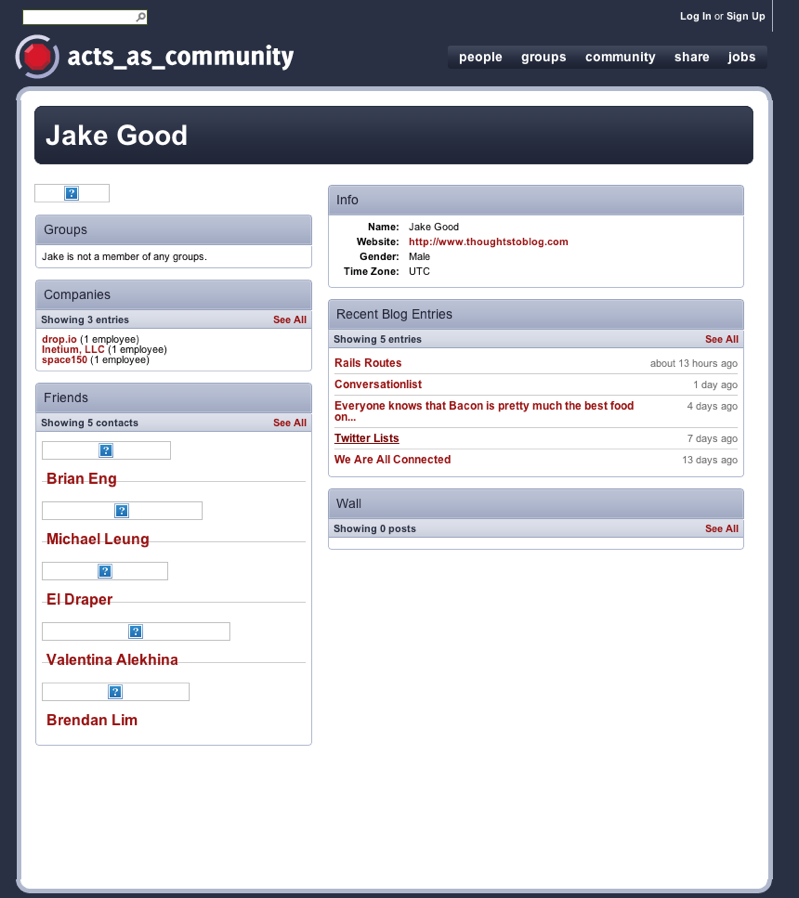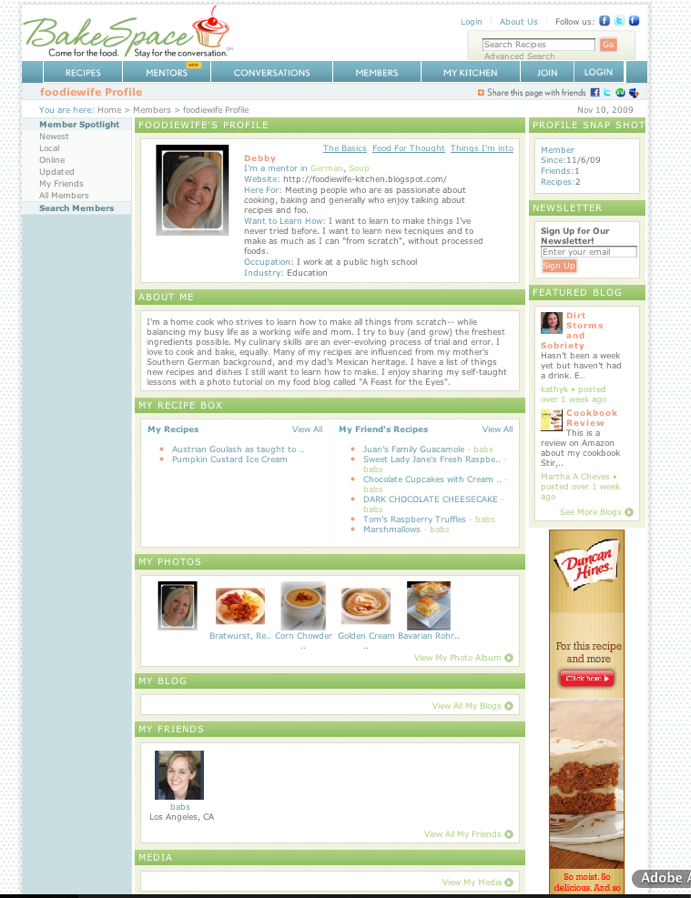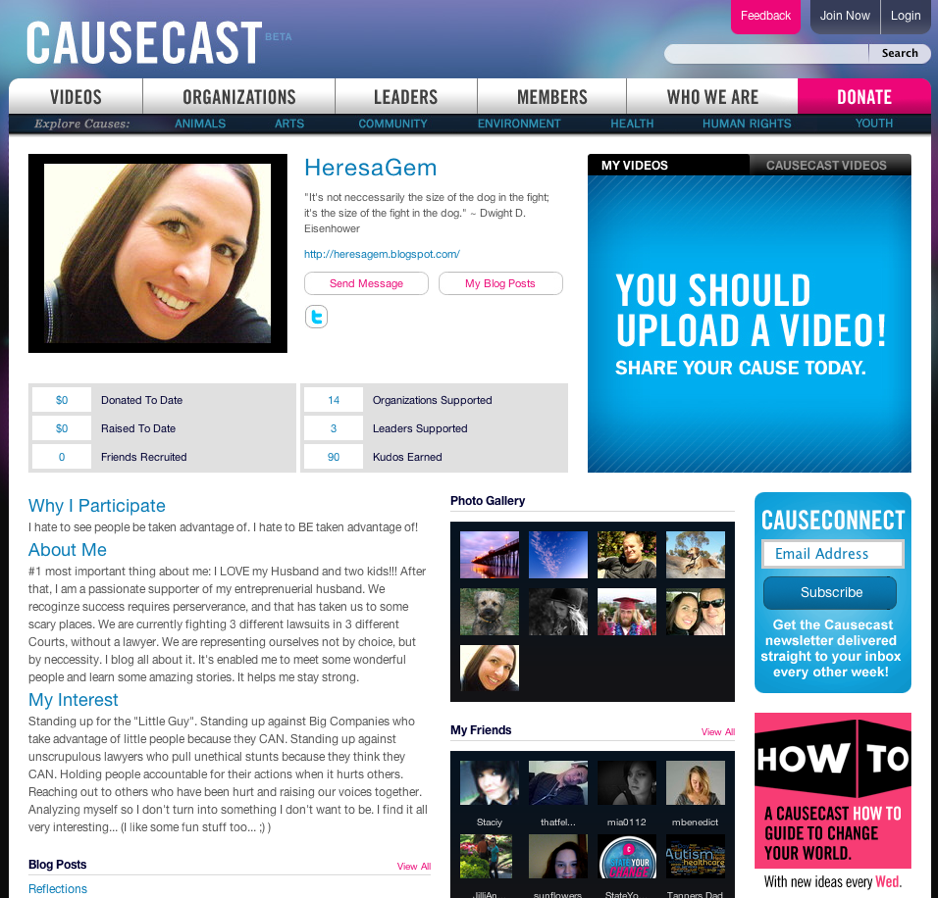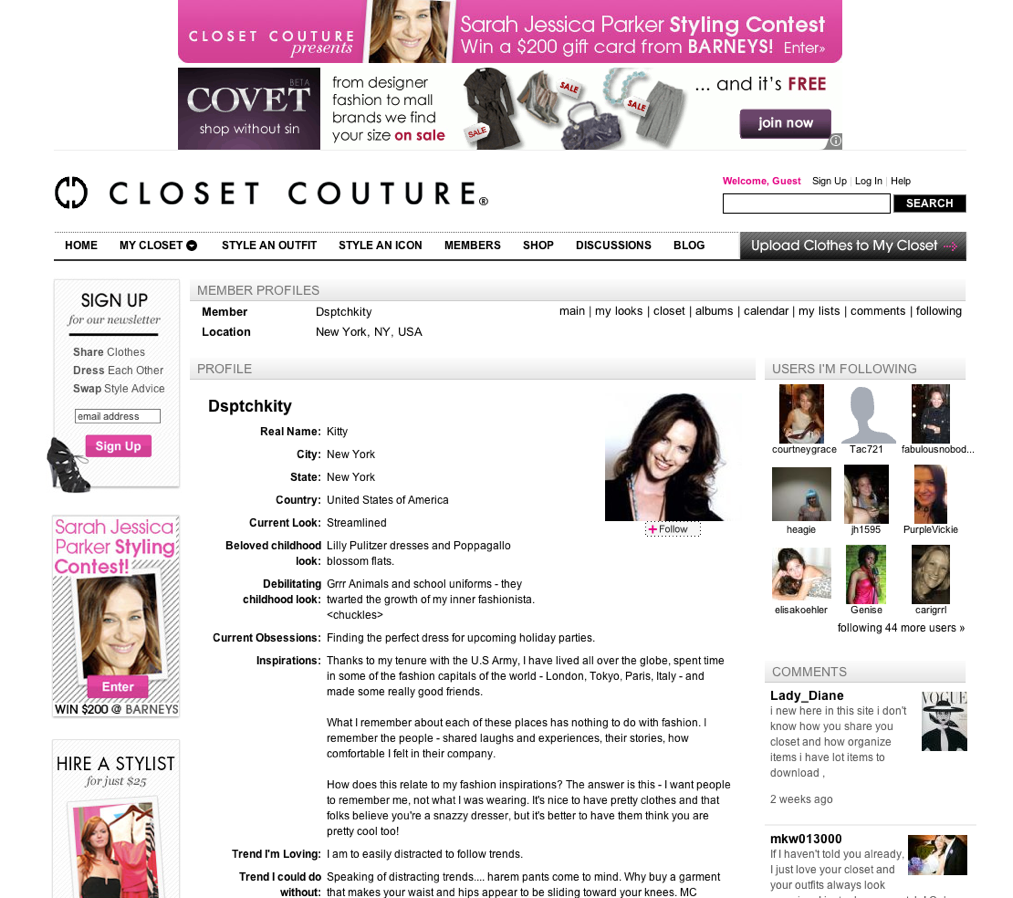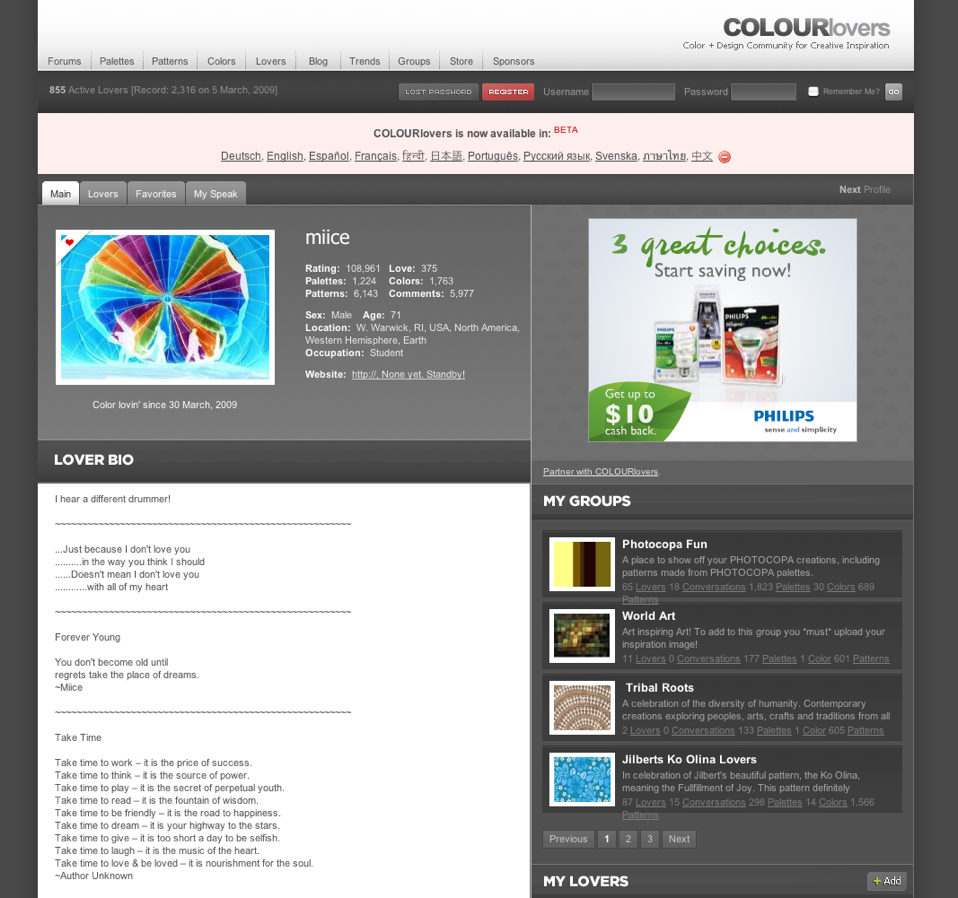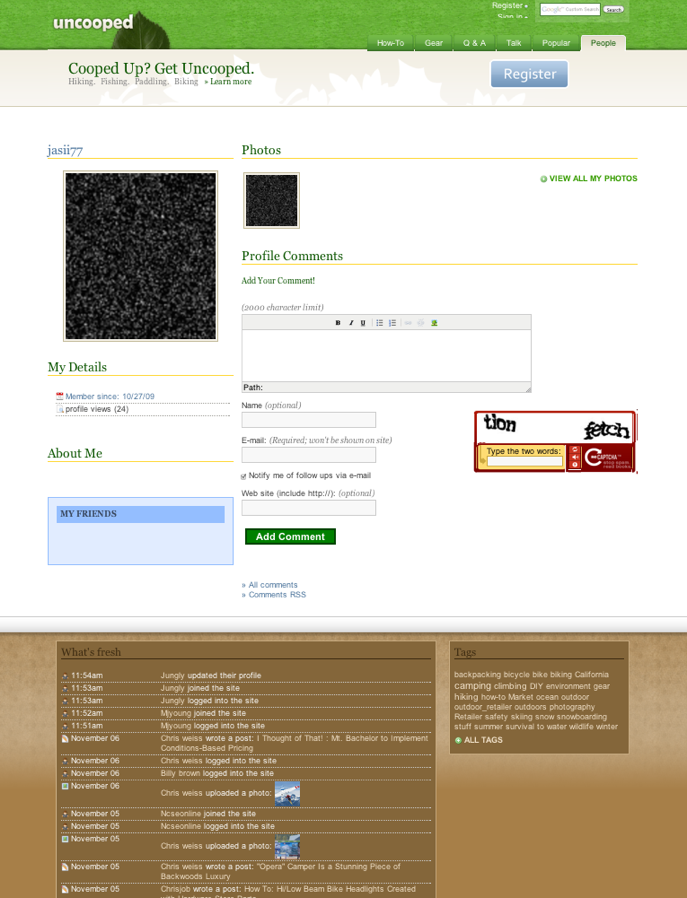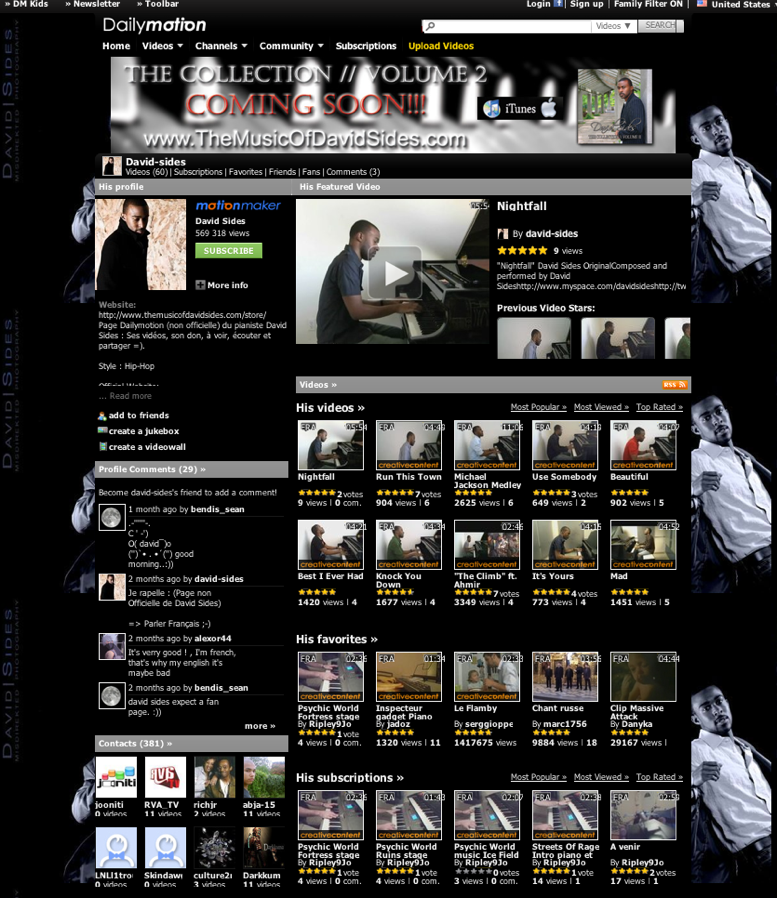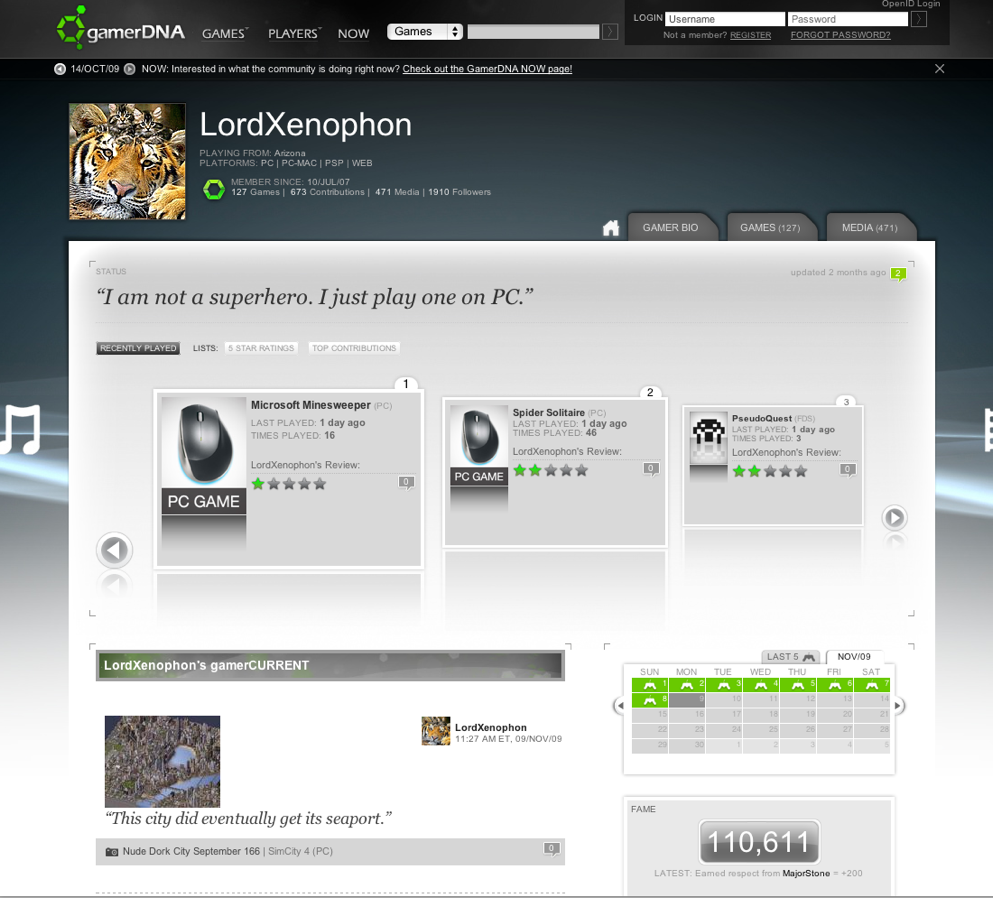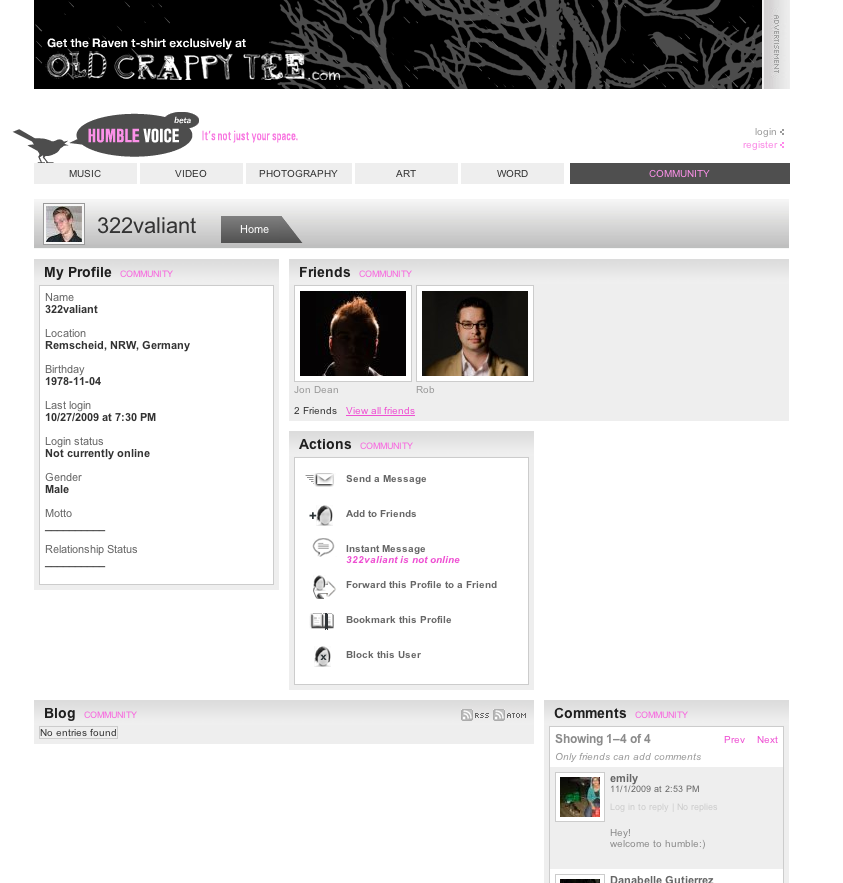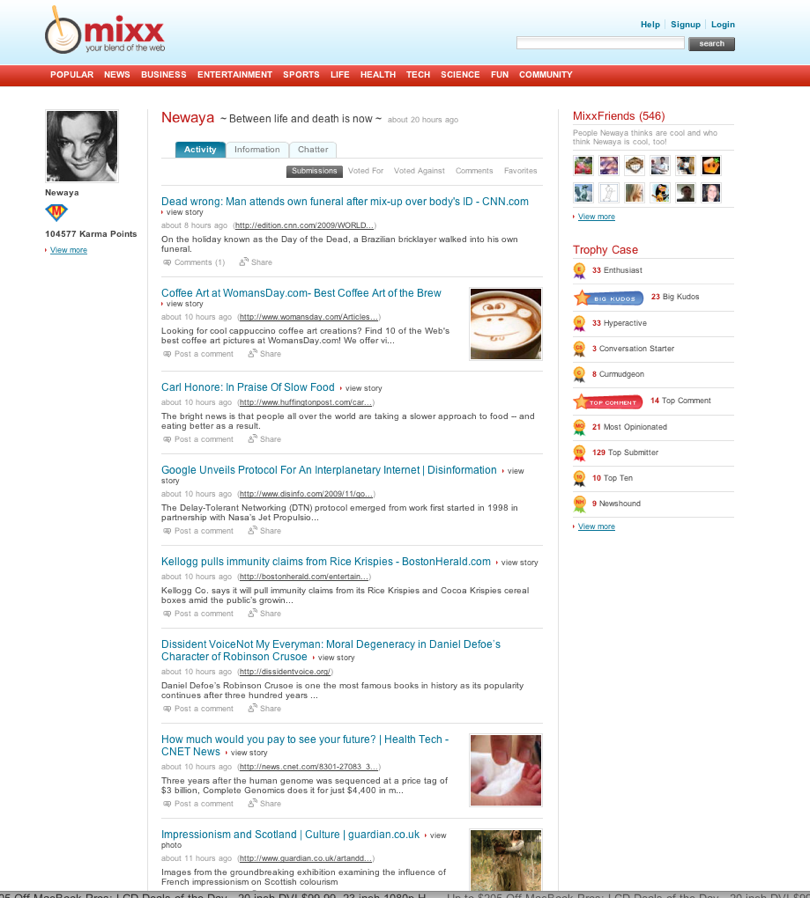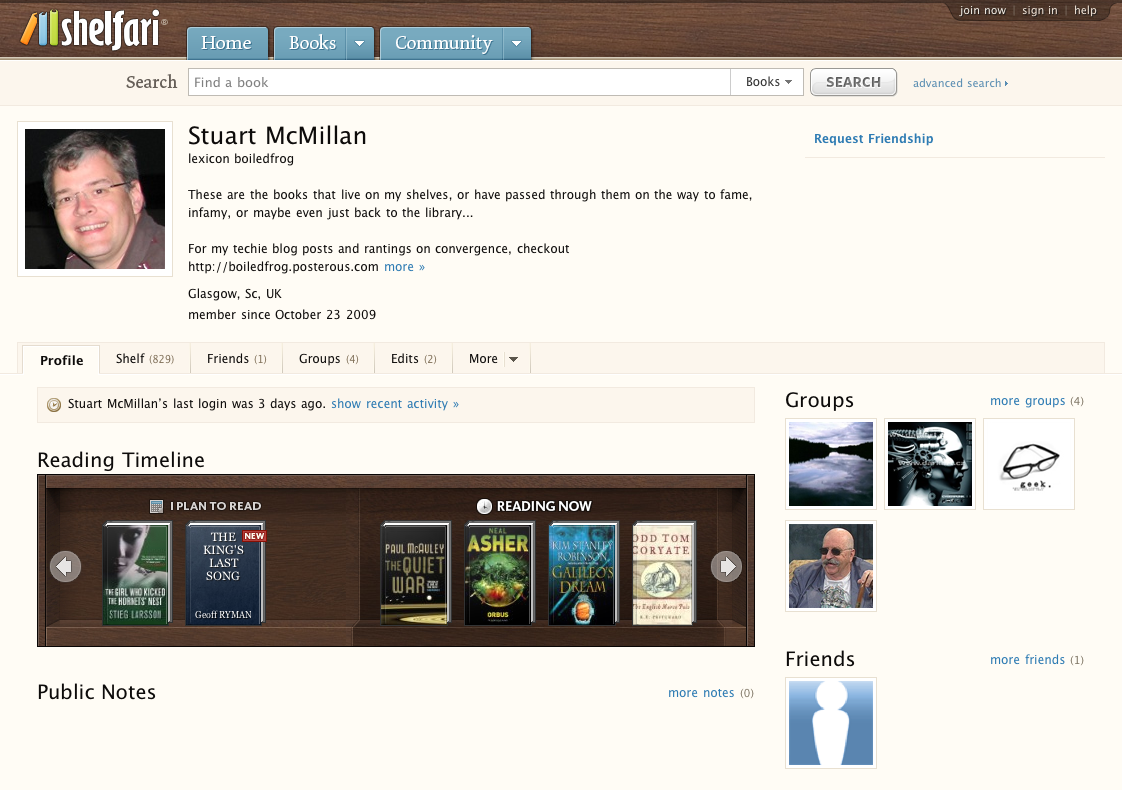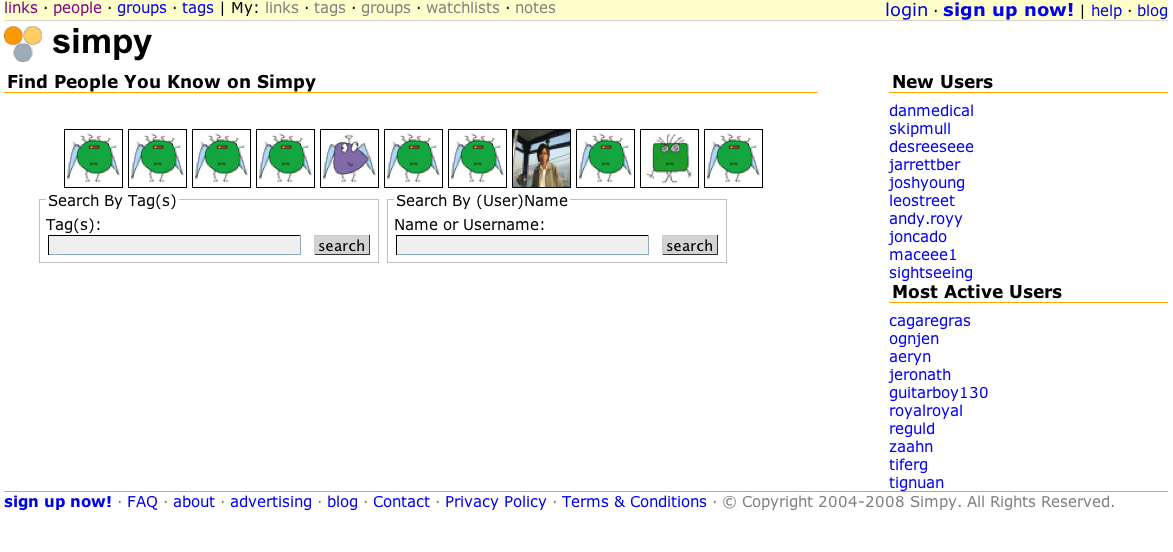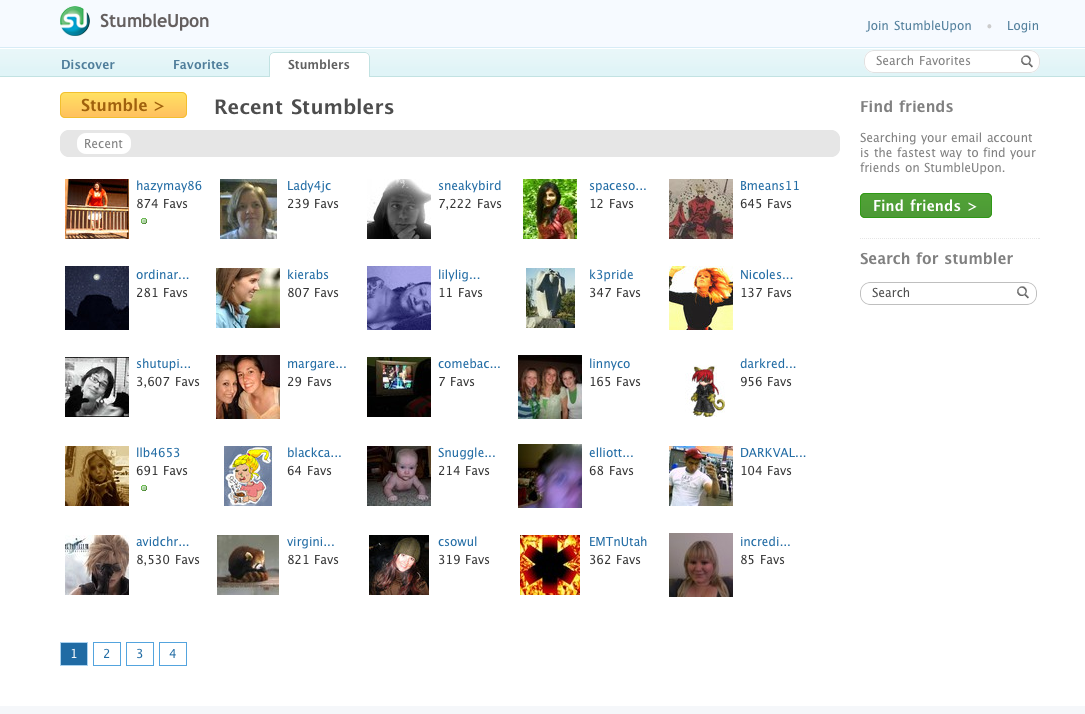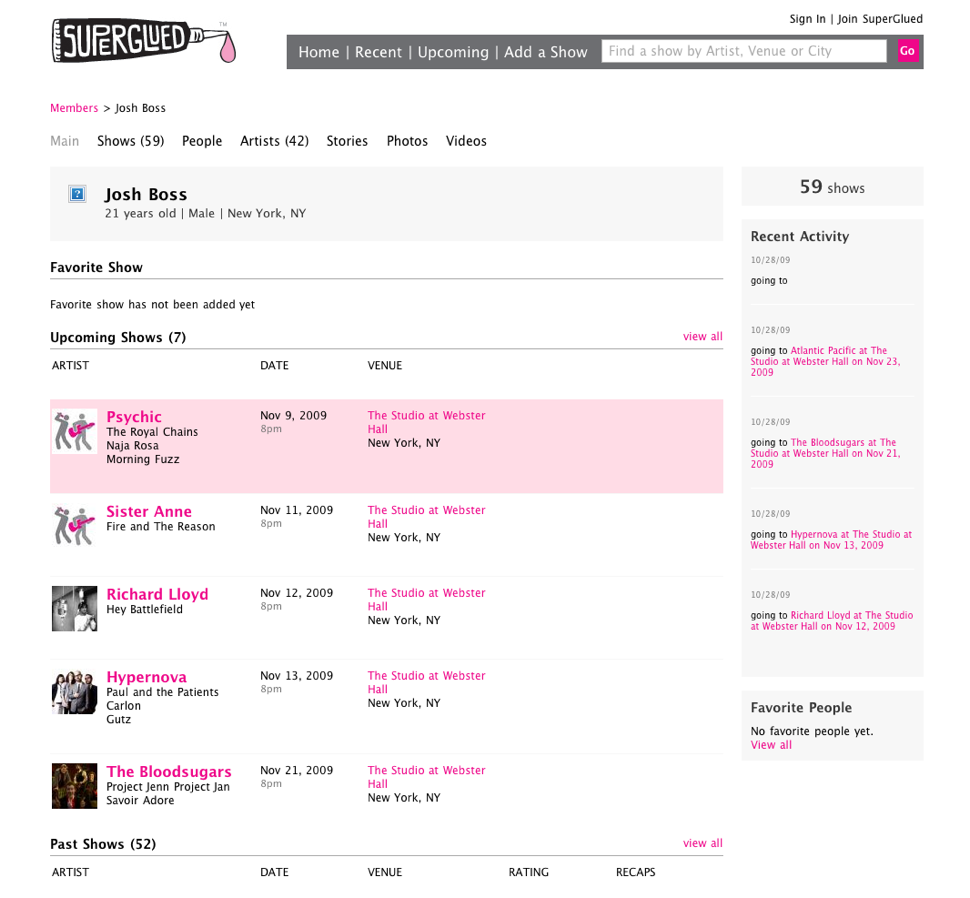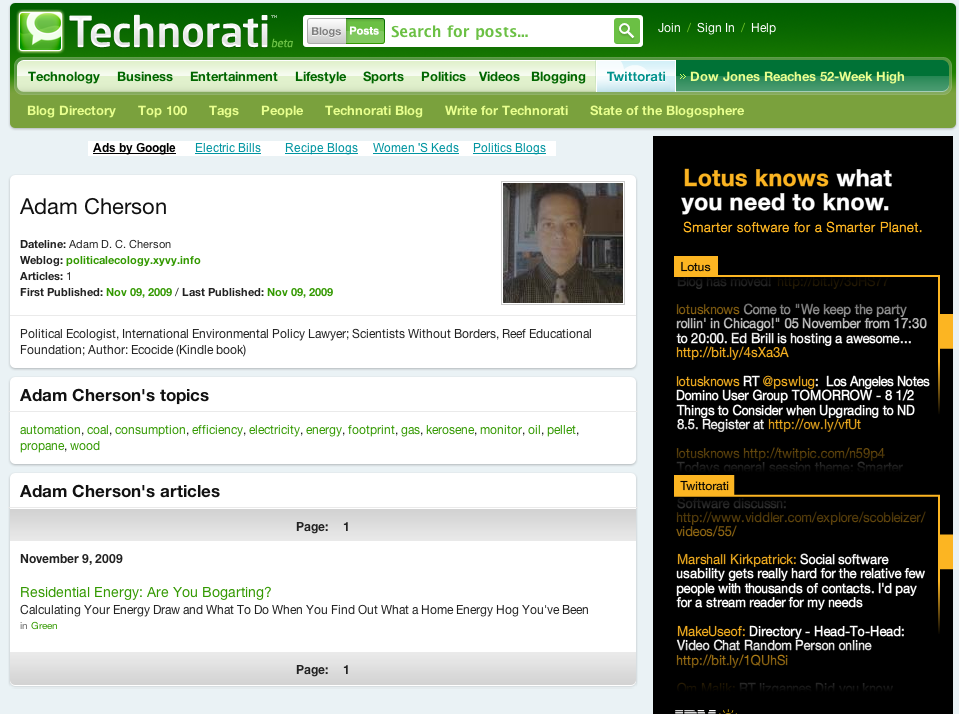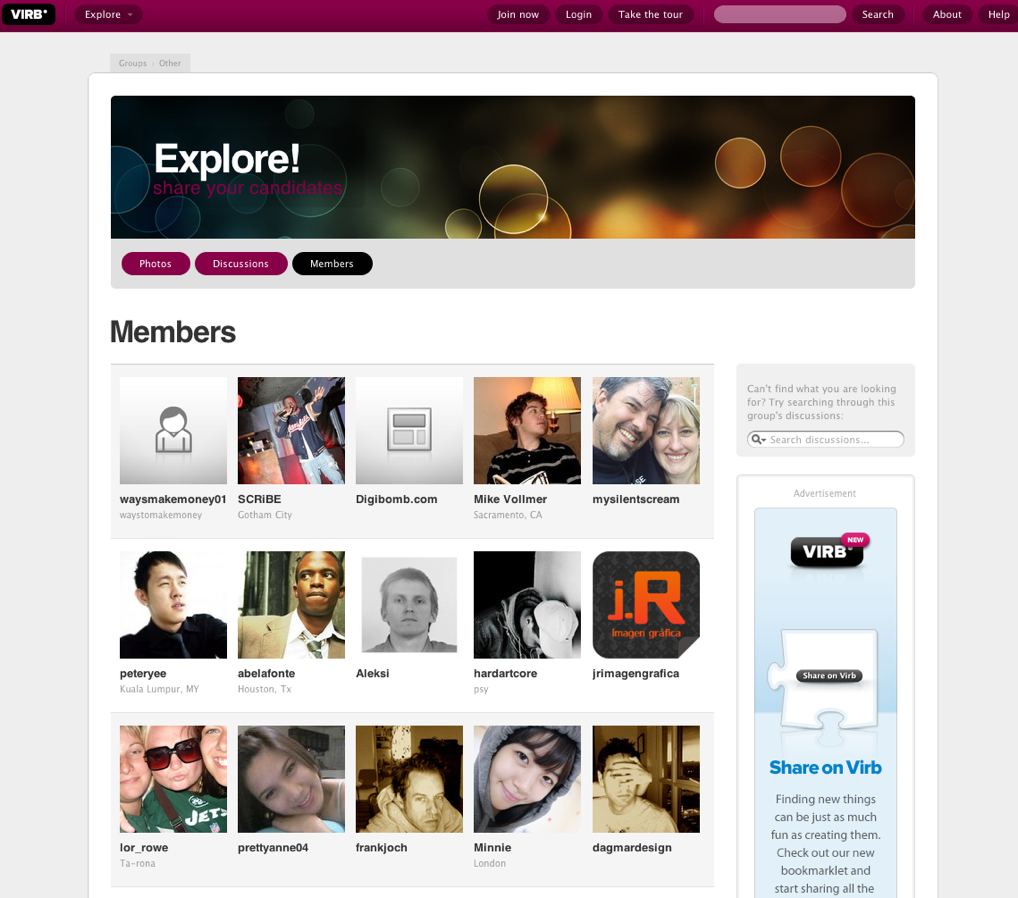As a follow on to my social profiles post I’m adding more images to help examine the way in which users find each other on a given social network. Billions of dollars have been made solving the search for content problem, but for the most part finding people is still a fairly tedious task. Most networks like Facebook, LinkedIn or Twitter depend on you having some other type of relationship. For example, you might already be friends or coworkers and then send a friend request with Facebook or LinkedIn. I might discover your twitter account because I found your link or because you happened to come through via a trending topic etc. Facebook does offer a recommended friends feature now which occasionally finds someone that I know.
Niche social networks face a very difficult challenge when it comes to user discovery. Much of the user to user interactions on such networks are serendipitous. I find someone interesting by chance because their photo was on the home page and I happened to notice that we share interests. Perhaps I found one of their blogs posts interesting or someone I follow is following them and a by chance clicked on a profile photo.
The most common method of arranging users on a main member page include featured, recent, newest, popular, most active, most recently updated, most recently commented and alphabetical. These pages will typically include paging. I find it amusing that MySpace includes paging – try getting to the end of hundreds of millions of users 20 people at a time. Popular and active are interesting methods of sorting in that they rely on a typically unknown algorithm to determine ranking. What makes you active? What makes you popular? Can a user game those systems to ensure they show up near the top?
HumbleVoice includes “Today’s Friendliest”. That is a fun one most likely calculated based on the number of friends the user managed to acquire that day. It would be really cool if it could measure your attitude. I’d like a site that showed biggest jerk, nicest hair, etc. Base it off of their web presence and automatically make judgements about the user.
Mixx gives their users badges. They reserve a specific section of their member search page to display users with specific achievements. By doing so, if users care to show up on that page, they encourage gaming of the system in a positive way. For users that want to be popular or show up on that page there is then a prescribed method for gaming the system to move to the top, but by doing so it benefits Mixx.
The smaller networks that focus on a specific niche – bird watching, scrapbooking, mountain biking, baking, etc usually don’t have the kind of cash flow required to develop sophisticated search systems. Most often they are at the mercy of the platform they are using. Whatever is built in is what they get. Some are better than others. I’m not sure I have a great solution in this space. I’m including screen captures of various user searches from the sites I’ve examined.
As a side note Tatemae (I and Joel) are working on a user recommender that will analyze a user’s online presence and use it to help you find people who might be of interest. I don’t know how well it will work, but Joel’s really smart so I expect it to be fabulous.
Here’s the pictures:
